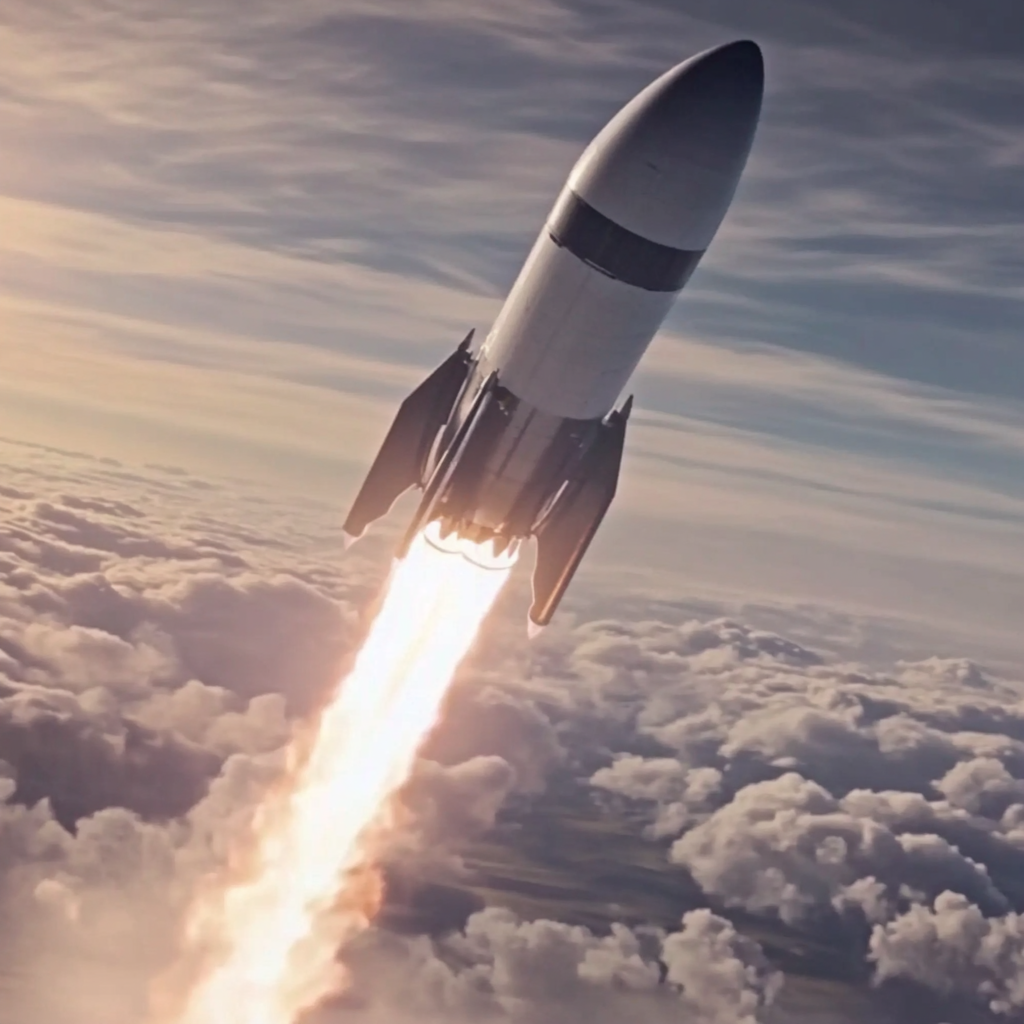
SpaceX Prepares for Nov. 19 with Starship Flight 6 Assembly (photos)
On November 19, 2024, SpaceX launched its sixth test flight of the fully integrated Starship megarocket—a mouthful, but oh, what a mouthful it is! This event isn’t just another notch in SpaceX's ever-growing belt of achievement; it heralds another crucial stride toward the dream of reusable space travel and, drumroll for effect, human missions to the red planet itself—Mars!
Now, let's talk about the Starship and its gargantuan partner, the Super Heavy booster. Imagine a monumental structure standing 397 feet tall and stretching 30 feet wide. That’s the Starship, folks! It towers above with its sleek design, while the Super Heavy booster, its muscular companion, revs up with a ferocious 33 Raptor engines. These monstrous engines don’t just sip on fuel; they guzzle liquid methane and oxygen like a hungry behemoth, cranking out an earth-shattering 16 million pounds of thrust—that's more than twice what NASA's Saturn V moon rocket delivered at liftoff! It’s like comparing a tricycle to a monster truck, folks; we're on a whole other level here.
Now that we’ve set the stage, let’s dive into the specifics of this audacious mission. The Starship itself (yes, let’s not forget about its charming individual merits) stands at a commendable 164 feet tall, with a propellant capacity that would make any fuel-deprived motorist giddy: a staggering 2.6 million pounds! If you think that’s impressive, wait until you hear about its operational thrust of 3.2 million pounds-force—totally reusable, mind you. This rocket isn’t just built to ascend, oh no! It’s designed to revolutionize how we think about space travel by zipping astronauts, satellites, and scientific probes around like it’s a Sunday drive in a convertible.
As we tease apart the ambitions behind Flight 6, we discover a checklist of audacious objectives. First up: the mission aimed to capture that Super Heavy booster back at the launch pad using SpaceX's towering 'Mechazilla'—imagine a giant robot with a superhero cape! This was the second attempt after a successful catch with clumsy finesse during a previous flight. Tech showman Elon Musk would undoubtedly have been on the edge of his seat.
Next, the mission sought to reignite one of the Starship’s Raptor engines in space—a high-stakes experiment that would ultimately pave the way for de-orbit burns on future orbital missions. It's a leap akin to flipping a pancake in the air and catching it before it hits the ground—if it hits the ground, it won’t just mess up breakfast.
And we can’t forget the heat shield experiments! High-speed reentries are like roller coaster rides with extra “oomph.” This flight would test the durability of the Starship’s materials while subjected to scorching temperatures over the Indian Ocean. The scientists were like chefs experimenting with new dishes—determined to see how far they could push the envelope without burning the kitchen down.
As for the launch details, SpaceX crystallized their operational clock with superb precision, planning to take off from Orbital Launch Pad A (OLP-A) at their Starbase in Boca Chica, Texas. The window opened at precisely 4:00 p.m. CT—efficiency is their game, folks! They needed that perfect timing for a daylight splashdown in the Indian Ocean, ensuring that technology won’t fail them when it counts (and let’s be honest, who doesn’t love a good splash landing?)
A splendid spectacle took place, and yes, the remarkable, the utterly memorable Donald Trump was among the notable attendees—possible Mars colonizer, future extraterrestrial ambassador, folks! His vocal support for SpaceX is like a dash of hot sauce in an otherwise well-seasoned dish; it adds just the right complexity to the already bubbling pot of excitement.
But what does all this mean for the future? A resounding success for the sixth flight isn’t merely a feather in SpaceX's cap; it’s the very foundation for future designs. With talks of upgrading elements like the forward flaps and propellant tanks, the Starship program is walking the line of evolution toward full and rapid reusability. We’re talking major advancements here—it's like upgrading from a flip phone to a smartphone; the difference is mouth-dropping!
Now, let's loop this back to our conclusion—this monumental sixth test flight has just recycled the notion of reusable space travel back into the limelight. With every launch, SpaceX pushes the boundaries of innovation, and if you’re anything like me, you are on the edge of your seat (perhaps even teetering) for what comes next.
Want to stay up to date with the latest news on neural networks and automation? Subscribe to our Telegram channel: @channel_neirotoken

